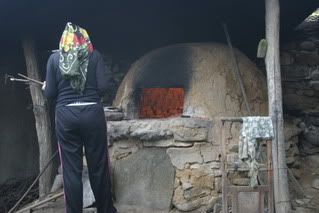
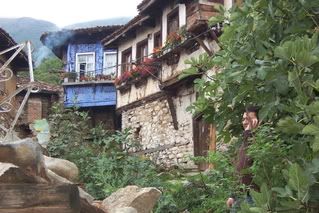
As can been seen by the photographs, the houses are made of wood, mud, and rubblestones and most of them are triplex. The upstairs windows are generally latticed with a bay window.
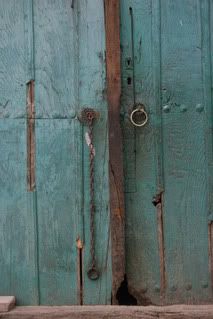
The handles and knockers on the main entry doors are made out of wrough iron. The smaller knockers are used by the women and the larger one by the men. Each knocker produces a different sound, thus people inside the house know what gendered person is about to enter; this was important for religious and cultural reasons.
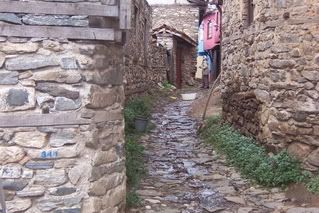
As can be seen from some of the photographs the streets are cobblestoned, very narrow, and have no sidewalk.
The village has a mosque, a fountain, and a bath house with one dome which go back to the time of the Ottoman Empire. In 1969, the remains of a Byzantine church were unearthed in the southeast of the village.
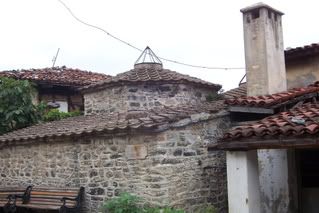
Kizik refers to the villages that are clustered together between the foot of Mt. Uludag and the valleys and the name stands for one of the twenty-four clans of the Oghuz Turks. Friday’s (Cuma in Turkish) were a day of formal gathering for worship in the village. The village contains a ethnography musuem where the village has collected historial objects of interest. There are some additional architectural works from the village on display in the Archeological Museum of Bursa.

1 comment:
Good job!
Nice pictures and information you have put together up there.
Reminded me of our great time spent there, as well.
Post a Comment